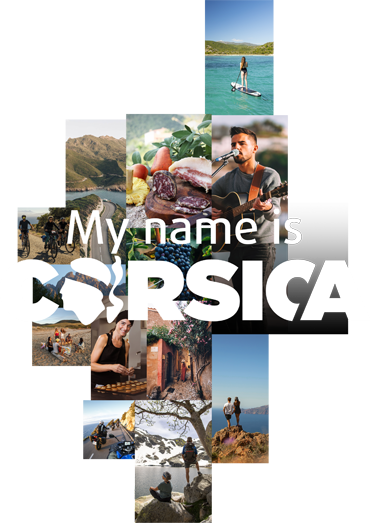Rechercher...
Explore Corsica
Domaine Terra di Catoni
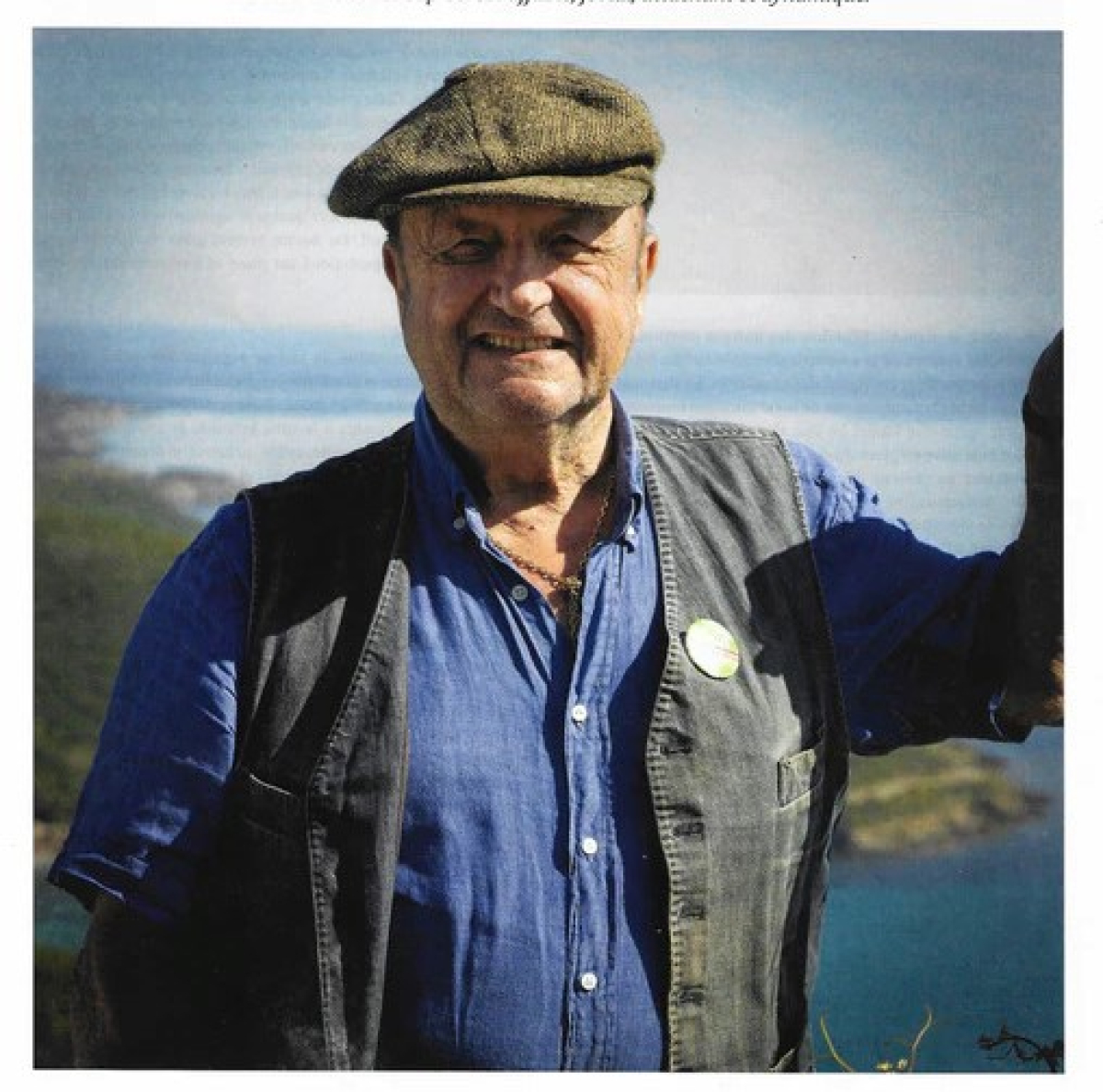 ©Corse Matin
©Corse Matin
A TOP-FLYING COURSE
In 1964, when he was only 19 years old, Christian Mons-Catoni obtained his law degree in Paris and was quickly driven by a strong self-confidence catapulting him towards a hectic professional life.
In 1966, he worked as a printer and in 1970, he became a professional car racing driver and then became director of the Winfield driving school in Magny-Cours for four years. He then joined SOGITEC, an aeronautical engineering company and subsidiary of Dassault. Following a contract for the sale of Mirages 3 to Australia, he was responsible for translating to English and standardizing series of technical documentation. Recognized for his high strategic values, he continued with maintenance films, simulators, synthetic image generators, and in 1983, he returned to Dassault.
His energetic entrepreneurial spirit led him to manage for five years the French subsidiary of the American supercomputer manufacturer Control Data (CEA Meteo). In 1989, he was recruited at Thomson-CSF and worked for twelve years in on-board electronics, gas pipelines, defence IT systems for the Charles-de-Gaulle aircraft carrier, outsourcing and application maintenance, etc. He continued his professional ascent by joining the digital services company "Transiciel ", for five years. In 2000, hm and his business partner Georges Cohen, bought the French all-terrain car manufacturer " Auverland ". Then " Panhard", a manufacturer of military vehicles which he then sold to Volvo. To complete his professional work, Christian Mons-Catoni was once elected President of GICAT (Grouping of French Land Defense Industries).
CAP CORSE, HIS NATIVE LAND
Christian wanted to rebuild the family estate and enhance it to bequeath it to his three daughters. In 1996, he began to take over the exploitation the four and five centuries old olive trees of the " Capanaccia " variety.
In 2000, he undertook a challenge to recover the family lands dispersed in the estates. He bought all the lots of the joint ownership from his cousins and worked to regroup and restructure the 25 hectares of the initial estate. In 1812, this large estate by the sea was very rare. Olive trees and vines reigned supreme here. The grounds were abandoned at the time of the phylloxera and were forgotten for a century. The maquis regained its rights and the inextricable vegetation settled on the rocky escarpments of the two hundred meters of altitude of the domain. The year 2005 saw the beginning of a titanic manual work, leaving the maquis, a virgin land full of rocks and creating everything from scratch!
First step was digging the road with 35 ton shovels, in the rock to the top of the hill, tapping, digging, pulverizing, blasting and excavating to obtain the flat and regular surfaces necessary for planting the vines.
In 2010-2012, the preparation of the soil will last three years, three more years will be needed for planting, and we will have to wait another three years for the first harvest and the first wine!
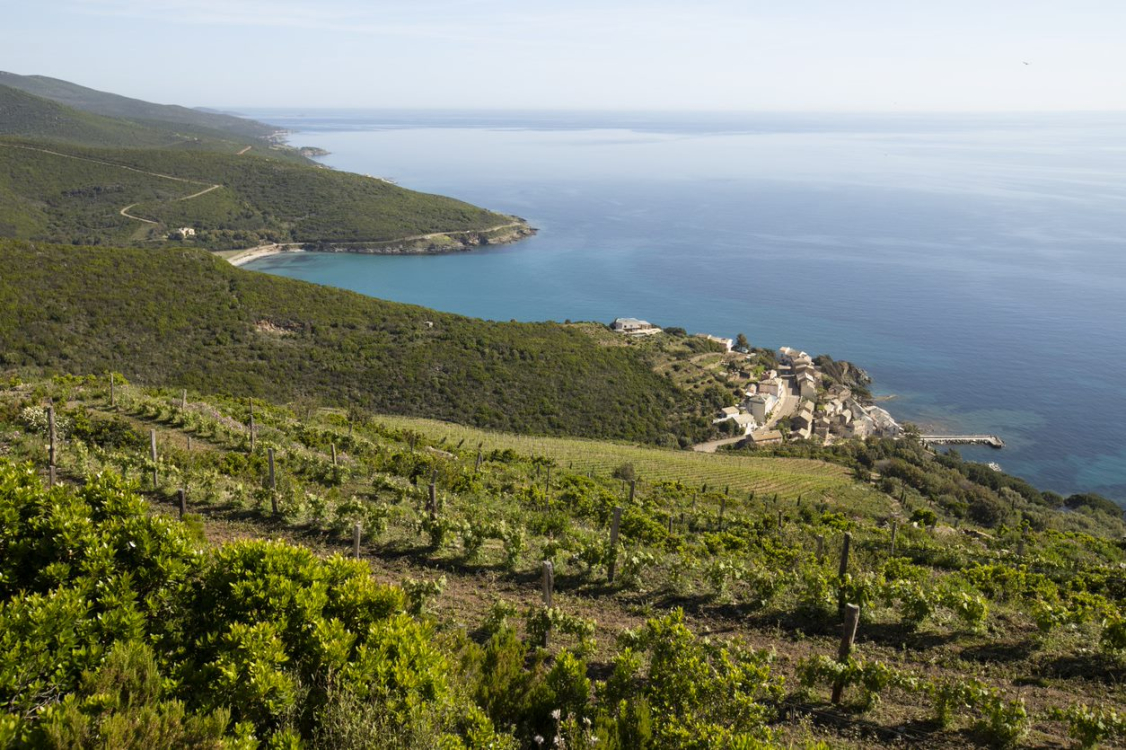 ©CORSE MATIN
©CORSE MATIN
DISCOVERING HIS WORK
This beautiful domain is referenced in IGP Ile de Beauté. Culminating facing the Tuscan Archipelago, two hundred meters above the Tyrrhenian Sea on a steep slope of around 50%. We embarked in a 4x4 in the company of Christian Mons-Catoni, owner of the place, jovial winemaker and his inseparable poodle "Chica". We progress slowly vertically, bumping into each other, roughed up by the track and amazed by the panorama that unfolds.
The bumpy path of red earth winds through the maquis for five kilometres and gradually climbs to the high plateau. We walk alongside plants of Sciaccarellu, vines of Sauvignon, Vermentinu, and Viognier which slowly replaced the Muscat, because Christian wishes to stand out in his wine production " I don't want to make wines like everyone else ! ".
Inspired by Tuscan winegrowers, he wanted to plant the Loire Valley grape variety like them, despite the lack of water. "You have to be crazy to make Sauvignon, especially on hillsides! In 2017, there was no harvest due to the severe drought! He produced nothing. Now the sauvignon is planted deep. It took twelve years for it to adapt to the terroir!”
He also plans to plant four hectares of red grape varieties other than Niellucciu. For this, he is following the work of the CRVI.
AN ORGANIC FARMING ESTATE
The 4x4 finally stops on the upper plateau with a spectacular view of the shades of green of the terraced crops and the blue of the sea bathed in the sun.
Backed by fabulous blocks of schist, young plants of Genovese growing on a soil with three layers of marl, degraded shale and clay-schist bottom. Looking at the growing vine, the grassy rows of faba bean and viscous inula rub shoulders with purple and white cistus with sage leaves, arbutus and lentisk completing the biodiversity of the biotope. The row on the right where little earth has been cut on a slope is taking a while to develop compared to the one on the left where we see it unfold, taking its time to penetrate the ground.
"This year, we used faba bean to fix nitrogen in the roots and sheep manure. Thus, we manage to have a lot of organic matter. The vine is beautiful and is beginning to bear fruit. The altitude and breezes help fight mildew. We passed the grinder over an almost sterile soil, so we managed to enrich it".
Christian is inexhaustible on the conduct of the vineyard. "Ploughing is absurd! That’s misunderstanding the typology of the vine which has a very deep swirling root. Do not kill the life of the soil by ploughing. Respect the substratum, the worms and the mycelium.
The panorama opens onto terraces of vines planted with cypress hedges which radiate the spaces with vertical lines and break the horizontal swaying!
To keep it aesthetically pleasing, Christian was inspired by the Tuscan know how due to cypresses being everywhere in Italy!
Supporting his words, he draws in the air "tac, tac, tac, tac" small straight lines that come to draw the landscapes. In the middle of the slope, below, there is a majestic mountain ash, an umbrella pine, fig trees... There isn’t any monoculture here!
We see the roofs of the red and blue houses, the tool sheds of the ancestors were rebuilt with the stones extracted from the ground during the stripping and the breaking up of the ground, building the shed, the cellar, the shop as well as the restaurant.
All construction work was carried out by the owner and one of his employees, a professional builder. The 110-meter-deep borehole descends to sea level and supplies water to all the homes on the estate. The carved stone walls surround kilometres of land on which the vines now flourish freely.
In the 19th century, buckwheat, similar to rye, was grown there and the threshing floor was nearby. The inhabitants of the Cape lived in autarky; they didn’t buy anything.
Christian remembers the words of his grandmother " They only bought thread and ticking… ", " …All the mills on the cape were wheat mills, the Moulin du Cap Corse Mattei, those of Macinaggio and Morsiglia. The last one in Cagnano has three millstones, the first for olives, the second for chestnut flour and the third for wheat or corn".
We get back on the track and come across rabbits and partridges. "Chica" barks and the wild boars are not far away! They plow the land with rage and are a disaster for the vines at harvest time! The 4x4 goes uphill, chaotically tight bend, and we arrive facing the 1950-1955 orchard, the silvery olive trees offering their foliage to the sun.
Burned down fifty years ago, the trees have been pruned and they have grown back on the old roots.
The Capanaccia grows very slowly. This small identity olive from Cap Corse, harvested on a fillet, gives a very aromatic and sapid oil with very ripe black fruit. Our guide mills his harvest at his friend François Andreani's in Folelli. Certified in AB by InterBio, the mill is authorized by the Oliu Di Corsica union to press olives from Domaine Catoni.
Below, a lush garden clashes with an old banana tree with large, glazed leaves, twisted fig trees, orange trees laden with fruit and butterflies in the tall grass. The slow and agitated ride takes us straight to the nest of four Panhards retracted, reclusive in the foliage observing us.
 ©CORSE MATIN
©CORSE MATIN
A MAGNIFICENT CELLAR
Arriving at the stumming cellar whose architecture blends into the landscape. Inside, a formidable bric-a-brac of stainless-steel vats, press, labelling machines and other packaged boxes welcomes us.
The 20 hl vats contain 100% Sauvignon and 100% Vermentinu white wines, while the 10 hl vats protect the olive oil which will be bottled on site. About 15,000 to 20,000 bottles are produced annually, including 6,000 of "Pet Nat" and a fresh red wine from Sciaccarellu. The winegrower's belief is positioned on very original wines, both in the choice of grape varieties, the vinification method, the aging, the choice of the bottle and the capsule.
The "Millete" 2019 Sauvignon-Vermentinu blends slowly, acquiring a patina on its lees in 14 hectoliter vats. It is currently for sale in the shop with the Sauvignon 2018.
The wines are aged for a minimum of two years in stainless steel vats, unfiltered bottle and stay one year in a tent in the vineyard, before being marketed. The " Pet Nat " Sparkling Naturals in white or rosé and unfiltered are desperate to be out. They are bottled in a " Prosecco " bottle with screw caps, put in boxes and are quickly out to be commercialised.
 ©terradicatoni
©terradicatoni
SEVERAL STRINGS TO HIS BOW!
Its olive oil and wines are exclusive to Terra di Catoni shops and restaurants.
Two beautiful delicatessens in Porticciolo and Erbalonga are stocked with local and artisanal productions, cheeses, cold cuts, seasonal vegetables, various jams, biscuits, drinks, wines, beers, aperitifs, liqueurs and brandies and offer customers authentic Corsican products.
In addition to products from the boutique, the three restaurants in Porticciolo, Erbalonga and Macinaggio offer a menu of simple and tasty dishes. The staff are welcoming and helpful, and fourth restaurant should soon open its doors in Bastia.
Finally, a major project for a 4-star Hotel & Spa should see the light of day in Meria, in April 2024. It will have eighteen "Zen" rooms and eight swimming pools. The concept can be summed up in two words: wine tourism and wine therapy, inspired by the "Caudalies" farms in Aquitaine, the spa will offer the "Sarmence" cosmetics line made from wines from Domaine Abbattucci and the rooftop restaurant with a breath-taking view of the sea, will offer a menu focused on dietetics, fitness, well-being and nature.
The visit to the estate is amazing and the passionate guide drives you up in 4x4 pick-up to the top of a steel and green hill, 200 metres above sea level!
You can request a daily package including a walk, lunch and tasting of Corsican specialties.
 ©CORSE MATIN
©CORSE MATIN
LET'S TASTE!
“Pet Nat Rosé” Prestu Limited Edition 2021
Neither filtered nor disgorged, it contains natural lees which enrich the bouquet of this Sciaccarellu. Brilliant color with a bead of very dense foam, fresh nose, lively and fruity on the palate with a bigarade, saline finish. Pairing: wild boar terrine with hazelnuts and muscat and Coppa.
 ©CORSE MATIN
©CORSE MATIN
“Pet Nat Blanc” Prestu Limited Edition 2020 “ANDANTE”
Neither filtered nor disgorged, it contains natural lees which enrich the bouquet of this Vermentinu. Pretty golden robe, fresh sparkle, buttery nose, citrus notes. Pairing: goat cheese
Sauvignon 2018
Brilliant gold colour, turmeric, nutty, citrus nose, vivacity, and salinity characterize this sauvignon which truly awakens your tastebuds. Pairing: platter of raw milk sheep's cheese.
Terra di Catoni olive oil
Old fashioned harvest. Beautiful smoothness, notes of cooked artichoke, sweet and balanced aniseed finish on fresh almonds. Pairing: plate of sheep's and goat's cheese, grilled fillet of red mullet, candied cherry tomatoes, coppa.
Domaine Terra di Catoni
Place called Porticciolo, 20228 Cagnano
Such. : 04 95 46 00 14 - 06 24 90 85 12
 ©terradicatoni
©terradicatoni
Locate
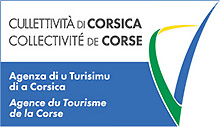
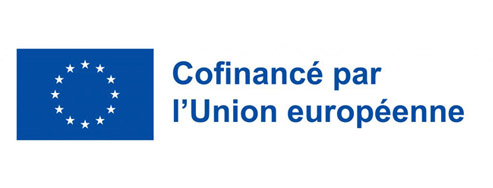
powered by cd-media.fr



